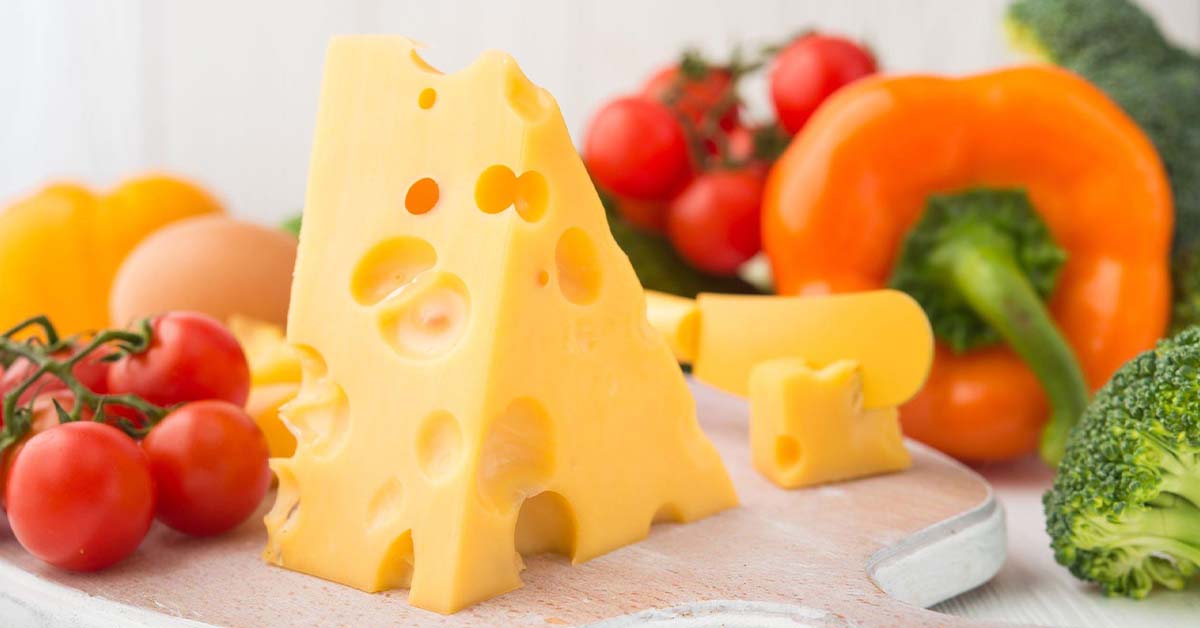The low residue diet is a dietary approach that aims to reduce the amount of undigested food and fiber in the gastrointestinal tract. It is commonly prescribed for individuals with certain medical conditions, such as inflammatory bowel disease (IBD) or after gastrointestinal surgery. The goal of this diet is to minimize bowel movements and promote healing of the intestines.
Table of Contents
ToggleWhat foods are allowed on a low residue diet?

The foods allowed on a low residue diet are typically low in fiber and easy to digest. These include refined grains, such as white bread and pasta, cooked fruits and vegetables without skins or seeds, lean proteins like chicken or fish, dairy products, and limited fats and oils. It is important to note that the specific foods allowed may vary depending on individual health needs and recommendations from a healthcare professional.
The role of cheese in a low residue diet
Cheese is a popular food item that many people enjoy, but its role in a low residue diet can be a bit complicated. Cheese is a dairy product that is high in fat and protein, but low in fiber. This makes it a suitable option for individuals following a low residue diet, as it is easy to digest and does not contribute to excessive bowel movements.
Can you eat cheese on a low residue diet?
Yes, you can eat cheese on a low residue diet. However, it is important to choose the right type of cheese and consume it in moderation. Soft and mild cheeses, such as mozzarella or cottage cheese, are generally well-tolerated and are often recommended for individuals on a low residue diet. These types of cheese are easier to digest compared to harder or aged cheeses.
The impact of cheese on digestion

While cheese can be consumed on a low residue diet, it is important to be mindful of its impact on digestion. Some individuals may experience lactose intolerance or sensitivity to dairy products, which can cause digestive symptoms such as bloating, gas, or diarrhea. If you have any concerns or experience these symptoms after consuming cheese, it is advisable to consult with a healthcare professional for personalized advice.
Alternatives to cheese on a low residue diet
If you are unable to tolerate cheese or prefer to explore alternatives, there are several options available on a low residue diet. Some alternatives to cheese include lactose-free or dairy-free cheese substitutes, such as almond or soy-based products. Additionally, incorporating other sources of protein and flavor, such as lean meats, eggs, or herbs and spices, can help enhance the taste of your meals without relying solely on cheese.
Tips for incorporating cheese into a low residue diet
For those who can tolerate cheese on a low residue diet, here are some tips for incorporating it into your meals:
- Choose soft and mild cheeses: Opt for cheeses like mozzarella, cottage cheese, or ricotta, as they are generally easier to digest.
- Portion control: Enjoy cheese in moderation and be mindful of portion sizes to avoid consuming excessive amounts of fat and calories.
- Pair it with low residue foods: Combine cheese with low residue foods like cooked vegetables or lean proteins to create balanced and flavorful meals.
- Experiment with different varieties: Explore different types of cheese to find ones that suit your taste preferences and digestive tolerance.
Recipes and meal ideas for a low residue diet with cheese

Here are a few recipes and meal ideas for a low residue diet that incorporate cheese:
- Cheesy Baked Chicken: Top boneless, skinless chicken breasts with a small amount of low-fat cheese and bake until tender and golden.
- Grilled Vegetable and Cheese Wrap: Fill a whole wheat tortilla with grilled vegetables and a sprinkle of feta or goat cheese for a tasty and nutritious meal.
- Vegetable and Cheese Omelette: Whip up a fluffy omelette filled with sautéed vegetables and a small amount of shredded cheese for a protein-packed breakfast or brunch option.
Consulting with a healthcare professional for personalized advice
While the information provided in this article serves as a general guide, it is essential to consult with a healthcare professional for personalized advice. They can assess your specific health needs, dietary requirements, and any potential contraindications to cheese consumption on a low residue diet.
Frequently Asked Questions
What is a low residue diet, and why is it recommended?
A low residue diet is a dietary approach that restricts high-fiber foods to reduce stool volume. It’s often recommended for individuals with gastrointestinal conditions like Crohn’s disease, diverticulitis, or after certain types of surgery to minimize digestive discomfort.
Can I include cheese in a low residue diet?
Yes, cheese is generally considered suitable for a low residue diet. It is low in fiber and can provide a valuable source of protein and calcium for individuals on this diet.
Are all types of cheese equally suitable for a low residue diet?
Soft cheeses like cream cheese, ricotta, and cottage cheese are usually better tolerated than harder, aged cheeses. It’s essential to monitor your individual tolerance and consult with a healthcare professional or dietitian for personalized recommendations.
Can cheese cause any issues for individuals on a low residue diet?
In some cases, cheese may cause mild digestive discomfort or gas for individuals on a low residue diet, but this varies from person to person. If you experience any adverse effects, consider adjusting your cheese choices or portion sizes.
How can I incorporate cheese into a low residue diet?
You can add cheese to various low residue dishes, such as scrambled eggs, mashed potatoes, or pasta with a cream-based sauce. Be mindful of portion sizes and your overall dietary plan.
Are there any specific concerns for lactose intolerance with cheese on a low residue diet?
Individuals with lactose intolerance may choose lactose-free cheese options or opt for cheeses with lower lactose content, such as hard, aged cheeses. Be cautious and monitor how your body reacts.
Can I reintroduce higher-fiber foods once I no longer require a low residue diet?
When your healthcare provider advises, you can gradually reintroduce higher-fiber foods into your diet. Make these changes slowly to allow your digestive system to adapt and minimize potential discomfort.
Conclusion
In conclusion, cheese can be enjoyed on a low residue diet, but it is important to choose the right type and consume it in moderation. Soft and mild cheeses are generally well-tolerated and can add flavor and variety to your meals. However, if you experience any digestive symptoms or have concerns about cheese consumption, it is advisable to seek guidance from a healthcare professional. By following the recommendations and incorporating cheese into your low residue diet mindfully, you can enjoy its benefits without compromising your digestive health.


